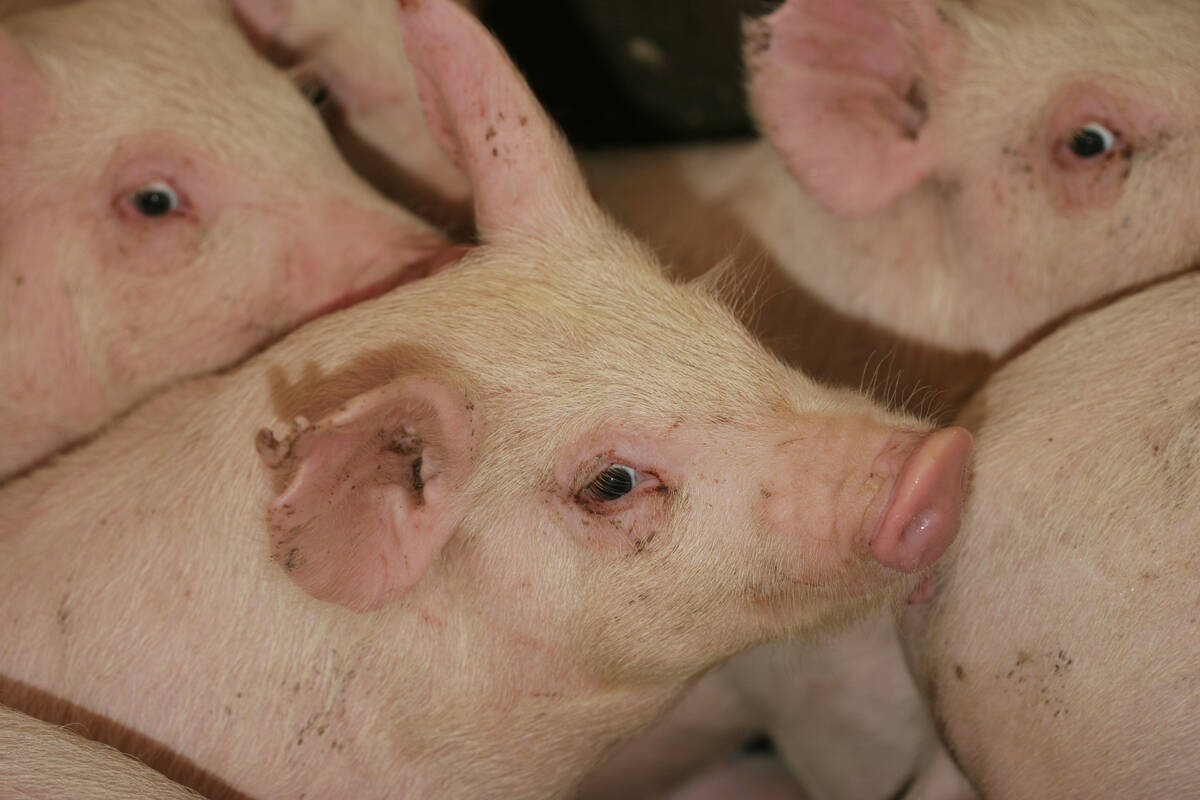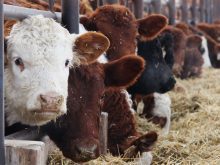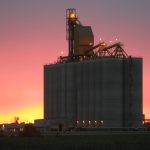OLDS, Alta. – Alberta producers have options when they need to get rid of dead livestock and poultry.
“Alberta Agriculture oversees dead animal regulations and they don’t have any plans to stop natural disposal, like some of the other provinces have done,” department official Virginia Nelson told a recent seminar in Olds.
Besides natural disposal, producers in Alberta can also compost, incinerate, bury or render dead animals. They must be disposed of within 48 hours of death to prevent spread of diseases and to protect soil and water.
Read Also

The Western Producer Livestock Report – September 25, 2025
The U.S. national live price average for barrows and gilts was $81.21 Sept. 17. It was $78.37 Sept. 9. U.S. hogs averaged $106.71 on a carcass basis Sept. 17, up from $106.10 Sept. 9.
Natural disposal must be at least 500 metres from rivers, ponds, springs, other high water marks and domestic water sources such as wells.
Dead animals cannot be fed to other food-producing animals. They can be buried at least 300 metres from primary highways and covered with a metre of soil. The bottom of the pit must be a metre above the water table.
Dead animals can be taken to Class 1 landfills, but producers should call ahead to ensure the facility accepts them.
Producers need a permit to transport dead animals. Veterinarians also need them to conduct a post-mortem. Further information on permits is available from local Canadian Food Inspection Agency offices.
“It is a living regulation and it is something that changes fairly frequently,” Nelson said.
Incineration is allowed, but regulations need to be checked. Dead animals can also go to a renderer for a charge.
Composting is another good option, but it takes work to ensure proper decomposition occurs. If producers choose to compost their animals themselves rather than send them to a Class 1 composting facility, they will need to make sure the piles are at least 100 metres from residences, water sources and livestock. It must be set up to discourage scavengers.
The site needs a thick clay base to absorb body fluids and a good amount of cover to prevent odours. Some people use a concrete base.
Government manuals are available on composting hogs and poultry, and a new one on large animal composting is expected from Alberta Agriculture.
Government research has found that large animals can be effectively composted, but certain steps needed to be followed because the techniques are different from traditional composting.
Sawdust is a good amendment to get the process working, but Nelson said most people are likely to have straw available.
She said ingredient selection is important.
“Sawdust is by far the ideal material to use because it has small particle sizes and it is very absorbent and acts as a natural biofilter. It also helps to shed the rain.”
Thirty centimetres of amendment are needed under the first carcass, but 45 cm are better if using straw. Under new regulations, the top dressing should be at least 60 cm thick to absorb fluids and filter odour.
Materials can be placed in bins made of rot resistant materials. Producers may want to add a roof. The material can also be placed in an open windrow on a clay base. Each layer should be only one animal high.
Producers should puncture the carcass’s rumen to avoid small explosions once the composting process starts, which could blow off the compost cover.
The pile needs to heat up to 50-70 C to kill weed seeds and possible pathogens such as salmonella. It can be done in three phases, turning every three months. The entire process takes about nine months.
Research has found no traces of pathogens or weed seeds after successful composting, but bones will be left. Some were brittle and easy to break, while others were more rubbery.
Composted specific risk materials such as an old, dead cow should not be spread on land that could be grazed within five years.
There is not enough research to know whether composting inactivates infectious prions, but Agriculture Canada’s research centre in Leth-bridge is doing a study.















